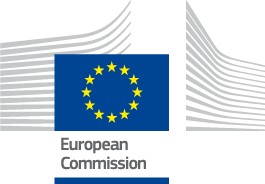

FLAG Factsheet
The area covers 11 municipalities and is located in the basin of the Odra river and its tributaries: the Nysa Kłodzka, the Mała Panew and the Stobrawa. The area is largely rural and has strong links with the fishing tradition. There are many active fishermen and NGOs dealing with fisheries culture, history, promotion of local fish products and education. There are 24 fish farms, most of them small-scale, mainly producing carp (1830 tons per year). Fish farms provide about 100 permanent jobs. Fish production has very high seasonality which has an impact on the area’s economy. A new opportunity is the growing interest of local bars and restaurants in offering locally produced fish, and the Niemodlin carp has been recognised as a traditional product by the Ministry of Agriculture.
The main challenges in the area are:
There are various types of protected areas, including one landscape park, two areas of protected landscape and several NATURA 2000 areas.
The FLAG would first of all like to improve the conditions for business development, both within and outside the fishing sector (tourism, gastronomy, education and promotional activities). The fish producers need better infrastructure, equipment, and technology. The FLAG is also planning to carry out informative and educational activities concerning the history, tradition and economics of fish production and to promote the environmental assets of the area.
Two main objectives have been defined in the strategy:
National
Call for projects will start in 2017 and will be organised twice a year. The first one is expected to be launched in March 2017.
Information will be available on the website.
The FLAG has experience in organising promotional events, integrating with the local community, and co-operating with local institutions in joint initiatives. The FLAG is interested in themes such as education and promotion and would like to cooperate with neighbouring LAGs, other Polish FLAGs and with partners abroad (in particular from Germany).
The FLAG has been involved in the following cooperation initiatives:
In the Opole region, there are no multifunded groups. There are five LEADER LAGs covering the area of the FLAG (Stobrawski Zielony Szlak, Dolina Stobrawy, Kraina Dinozaurów, Brzesko-Oławska Wieś Historyczna, Partnerstwo Borów Niemodlińskich). Each group has its own strategy. The FLAG cooperates with all the 13 LAGs of the region and is member of the informal Opole Regional LAG Network. It also has a cooperation project for local fish promotion planned with a neighbouring LAG.